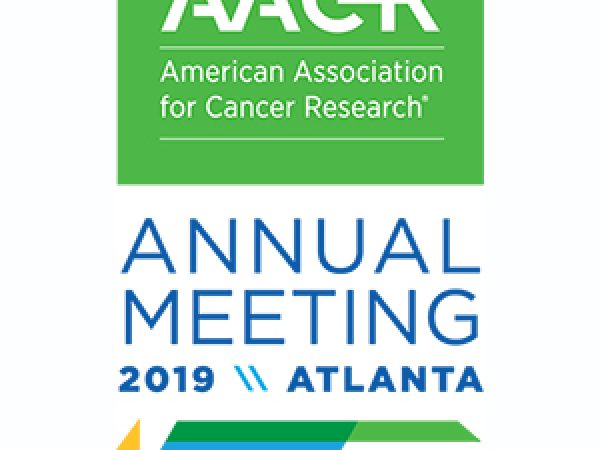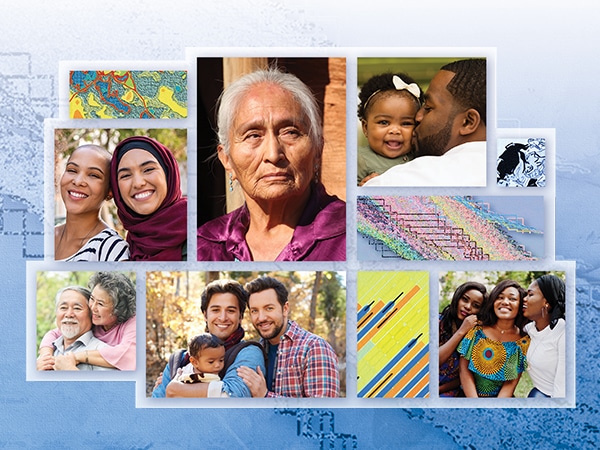Talking Tamales: A Culturally Tailored Health Education Strategy
The women bustle around a warm, colorful kitchen, making tamales for an upcoming family party. A woman in her 20s shares that she has recently received distressing news: She has tested positive for the human papillomavirus (HPV). She’s upset and angry, but also resolved to do everything she can to prevent the virus from developing into cervical cancer.
As the women talk, they share some of their beliefs about sex, and the newly diagnosed woman urges her sisters and her elders to take care of their reproductive health. She tells her sisters to get vaccinated against HPV, and encourages her mother and friend to visit a nearby clinic for their Pap tests. When an older woman expresses her fear of the Pap test, the others provide an unforgettably humorous demonstration of how it’s done.
The video was developed by teams from the University of Southern California (USC), led by Lourdes Baezconde-Garbanati, PhD, associate dean for Community Initiatives at the Keck School of Medicine (KSOM) and associate director for Community Outreach and Engagement at the Norris Comprehensive Cancer Center. USC’s communications and film schools also contributed, along with Portland State University and San Diego State University.
Baezconde-Garbanati spoke at the 12th AACR Conference on the Science of Cancer Health Disparities in Racial/Ethnic Minorities and the Medically Underserved, held recently in San Francisco. Her talk was part of a session titled “Cancer Center–Led Community Outreach and Engagement at NCI Cancer Centers,” which discussed how these large, well-funded NCI-designated centers can use innovative programming to create connections with smaller hospitals and community organizations, where many underserved patients may go for medical treatment or support.
From the cancer center to the community
Kim Rhoads, MD, MS, MPH, associate professor of Epidemiology and Biostatistics at the University of California San Francisco (UCSF), explained that the National Cancer Institute (NCI) mandates that the comprehensive cancer center centers that bear its endorsement create programs to address cancer disparities.
She said that while disparities certainly stem from large-scale problems, such as access to health care and biological differences, a myriad of smaller-scale problems affect the daily lives of underserved individuals.
“Poor nutrition, bad schools, crime, poverty … these are all socioeconomic factors that underlie disparities,” Rhoads said. “The larger, population-level problems require system-level solutions, and that is why we must go out into the communities we serve and establish partnerships.”
Rhoads described the San Francisco Cancer Initiative (SFCAN), a collaborative effort to reduce cancer in San Francisco by engaging health care systems, the government, community leaders and residents, as one potential model. The partnership was initiated by the UCSF Helen Diller Family Comprehensive Cancer Center, and currently comprises 14 other partners across public and private sectors.
“If we can engage with and train our partners, we can tear down the barriers that are driving inequities in the first place,” she said.
Sora Park Tanjasiri, DrPH, MPH, associate director of Cancer Health Disparities and Community Engagement at the Chao Family Comprehensive Cancer Center at California State University, Irvine (UCI), discussed a recent case in which a small, local organization benefited from the guidance of the large academic center.
She explained that UCI is located in Orange County, the third largest county in California, with 3.3 million people, 62 percent of whom are non-white. About 30 percent of the residents are immigrants, with large numbers of Mexican and Vietnamese immigrants. The county is home to many community organizations that work closely with various ethnic groups and play important roles in disseminating information on health care and medical resources.
Recently, the Vietnamese American Cancer Foundation approached UCI and said they wanted to pursue NCI funding to establish a program to prevent viral hepatitis infections. Tanjasiri said the Vietnamese group initially hoped that UCI would apply jointly for the funding, potentially increasing their chances of winning a grant.
“Instead, we told them that we would guide them and teach them how to do it themselves, and they did it!” Tanjasiri said. “A few months ago, they won a multimillion-dollar five-year grant to improve hepatitis prevention and screening.” She said UCI experts are part of the group’s advisory board, and provide support and guidance as needed, but they are proud to see the small group recognized on its own merits.
“Cancer health disparities stem from greater forces, but the solutions are local,” she said.
A tree takes root as a public health tool
In Southern California, the yearly bloom of the jacaranda tree’s vibrant purple flowers is an eagerly awaited springtime ritual. For many Latino residents, the tree evokes images of home, as it is native to Latin America and only thrives in tropical and subtropical climates.
USC put the jacaranda to work in an acclaimed public health campaign titled “Es Tiempo,” or “It’s Time.” The campaign rolls out in Los Angeles’s Latino neighborhoods each spring when the jacaranda trees flower, with images of the tree alongside messages encouraging women to schedule their Pap tests and to vaccinate their adolescent children against the human papillomavirus. Baezconde-Garbanati said cervical cancer rates have typically been higher in the Latina population.
The campaign has been successful to date; Baezconde-Garbanati said that in a small study of 305 women who were not regularly receiving Pap tests before the campaign, 65 percent got one after being exposed to the campaign.
Baezconde-Garbanati noted that the Tamale Lesson and the Es Tiempo campaigns were successful because they reflected the preferences of the population they were intended to reach. Research had taught the scientists that Latina women liked to receive their health information in creative forms that employed storytelling.
“This shows us that we need to be responsive to our communities and be prepared to tailor interventions,” she concluded.




